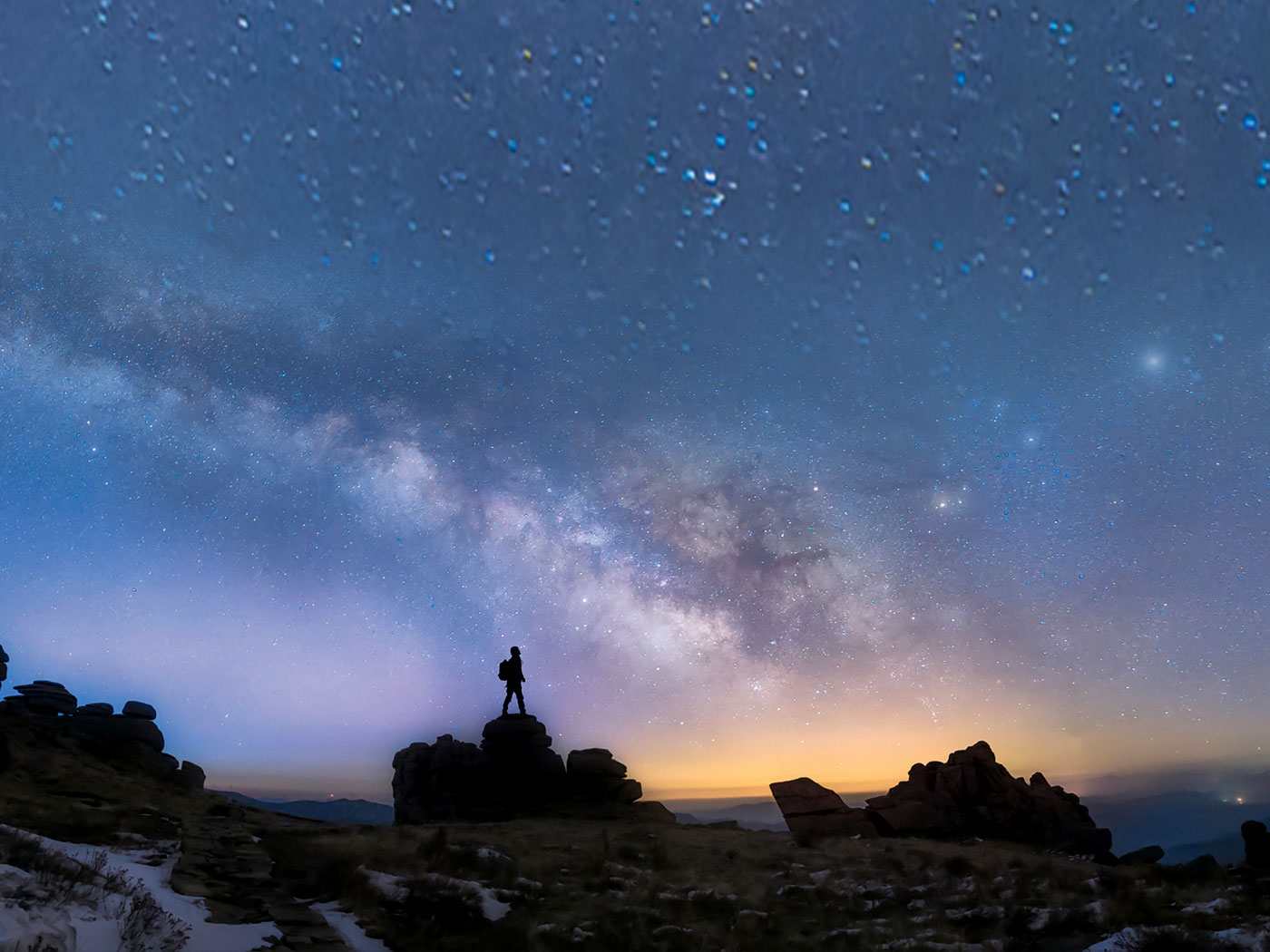Jeffrey P. Tomkins, Ph.D., and Tim Clarey, Ph.D.
Fossil pollen, leaf and fruit impressions, and petrified wood taken from multiple locations across the massive Central Andean Plateau in South America reveal powerful evidence of the global Flood recorded in the Bible. These fossils also provide strong evidence that Flood activity extended to the uppermost strata of the Cenozoic.1 Global geological and paleontological evidence now unequivocally confirm that the upper Flood boundary is located at or very near the Neogene-Quaternary boundary (known as the N-Q Flood Boundary).2-8
The researchers who published on the new discovery collected the fossils in both Pliocene and Miocene layers in the Descanso Formation of the Descanso-Yauri Basin in southern Peru.1 This large sedimentary basin covers an approximate area of 772 square miles. Thick, late-Flood, Cenozoic basin deposits developed globally as mountain ranges were being uplifted and were shedding massive amounts of sediment as the floodwaters were draining off the continents.5 Creatures and plants living at higher pre-Flood elevations were trapped and buried in these sediments. These late-Flood deposits also had an obvious tendency to collect at the base of the newly uplifted mountains in large basins. An excellent example of this scenario in North America would be the Cenozoic Green River Basin within the interior region of the Rocky Mountains. In South America, the Descanso-Yauri Basin and its fossil assemblages were formed in a similar fashion as the Andes mountain range was being uplifted all around it.
Based on the types of plant fossils found, the uniformitarian paleontologists who reported on the fossils interpreted that an ancient, lush, and rainy ecosystem existed “in-place” in the basin during the Miocene and Pliocene.1 However, these reconstructed ecosystems stand in direct contrast to the current harsh environment in which the fossils are now found. Today, the Central Andean Plateau in South America has an average annual temperature of 46°F and an average annual precipitation of only 20 to 30 inches. The region is also characterized by cold and strong winds throughout the year, and it experiences extreme temperature fluctuations on both a daily and seasonal basis. The only form of vegetation that grows there now is hardy grasses and shrubs. In contrast, a global Flood model predicts that a lush environment existed everywhere in the pre-Flood world. Flood geologists interpret that these plant fossils were merely transported from their verdant surroundings and buried in the newly-developing basins late in the receding phase of the Flood.
A Flood-transport explanation better explains the types of fossils we find in these Cenozoic rock layers. The plant fossils were merely ripped off the highest pre-Flood elevations and moved and deposited in these late-developing Cenozoic basins.5 By viewing geological and paleontological data within a biblical framework of Earth history, we find a much more satisfying explanation for the observable facts. Otherwise, the presence of fossils representing a lush, wet climate found at such a harsh, high elevation will continue to confound uniformitarian scientists.
References
1. Martínez, C. et al. 2020. Neogene precipitation, vegetation, and elevation history of the Central Andean Plateau. Science Advances. 6 (35): eaaz4724.
2. Clarey, T. 2019. Rocks Reveal the End of the Flood. Acts & Facts. 48 (5): 9.
3. Clarey, T. Data Lead to Correct Post-Flood Boundary. Creation Science Update. Posted on ICR.org July 17, 2018, accessed April 27, 2020.
4. Clarey, T. L. 2017. Local Catastrophes or Receding Floodwater? Global Geologic Data that Refute a K-Pg (K-T) Flood/post-Flood Boundary. Creation Research Society Quarterly. 54 (2): 100–120.
5. Clarey, T. 2020. The Receding Phase: Tejas Megasequence. In Carved in Stone: Geological Evidence of a Worldwide Flood. Dallas, TX: Institute for Creation Research.
6. Clarey, T. L. and D. J. Werner. 2019. Compelling Evidence for an Upper Cenozoic Flood/Post-Flood Boundary: Paleogene and Neogene Marine Strata that Completely Surround Turkey. Creation Research Society Quarterly. 56: 68–75.
7. Tomkins, J. P. and T. Clarey. 2019. Whale Fossils Confirm Post-Flood Boundary. Acts & Facts. 48 (12).
8. Tomkins, J. P. Monkey Fossil Reveals Diversity and Flood Boundary. Creation Science Update. Posted on ICR.org June 11, 2019, accessed April 27, 2020.
*Dr. Tomkins is Director of Research at the Institute for Creation Research and earned his doctorate in genetics from Clemson University, and Dr. Clarey is Research Associate at the Institute for Creation Research and earned his doctorate in geology from Western Michigan University.










